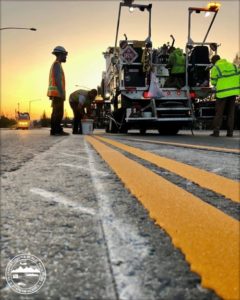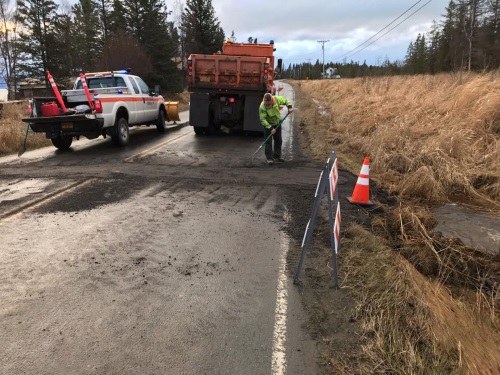Imagine a massive highway project in a highly populated area that calls for the removal of several clusters of homes. Or the closing of a community gathering spot or other popular open space.
Such happenstances often require the overview and input of a state’s environmental justice program. They set policy and require that the road’s builders convene with the community to learn more about the impact that not only the finished project, but its construction, will have on the daily lives of local residents.
“In these cases, you have to initially look at what the state department of transportation is trying to achieve,” explained Rashaud Joseph, civil rights office director for the Alaska Department of Transportation & Public Facilities. “Where environmental justice programs come into play are with projects that have to do with the holding of public outreach meetings.”
The key in these circumstances is gaining input from the voices of in community, particularly from those who may seem less involved.

“I try to get across to [the road’s builders] that Alaska DOT&PF has to hold extensive public outreach, so it’s important to let people know where meetings are held and at what time,” he pointed out. “If you’re in a low-income area and have kids to take care of, the DOT in whichever state can’t have the meetings at 10 a.m. and at 4 p.m. on a Tuesday ― in other words, when everyone is at work. That shuts people out.”
Another part of an environmental justice analysis concerns what perhaps unforeseen impact a project has on the community.
“While construction of walkways is required by law, one part of that construction might cut off bus access on a given road that, in turn, requires riders to walk to another stop that’s harder to reach for low-income citizens or those with disabilities,” Joseph said.
That’s part of the reason these programs are tied-in nationally with most environmental departments. “We cross-reference their information,” he added.
Oklahoma is notable for its demographic of Native American citizens. To recognize this diversity, the Oklahoma Department of Transportation implemented procedures throughout the planning, design, and National Environmental Policy Act or NEPA process to ensure “that social impacts to communities and people are recognized early and continually throughout the transportation decision-making process,” said Leslie Novotny, the agency’s environmental project supervisor.
That process at the Oklahoma DOT, she added, includes early identification of minority and low-income populations during reconnaissance studies.
“Projects that affect the community more socially, economically and environmentally, such as a new alignment, will be accessed accordingly; and a plan of action best suited to serve the affected community will be created early on in the planning and design process,” noted Novotny.
That can include mail-out questionnaires, pop-up public involvement booths, and one-on-one meetings with community leaders.
She stressed that projects that may have a lesser impact on the community, such as a road or bridge closure, still require public outreach to ensure the Oklahoma DOT is not adversely affecting vulnerable populations.
The time of year of the projects can even come into play. “These situations are interesting since we only have winter and summer,” Alaska DOT&PF’s Joseph said. “We only have about five months to get our construction projects done, so we always have to see if we have any outlaying issues to examine.” “[The Anchorage] metro area isn’t so big that we have such pronounced issues. We have room out here, so generally, our citizens aren’t opposed to any transportation improvements,” he pointed out.

